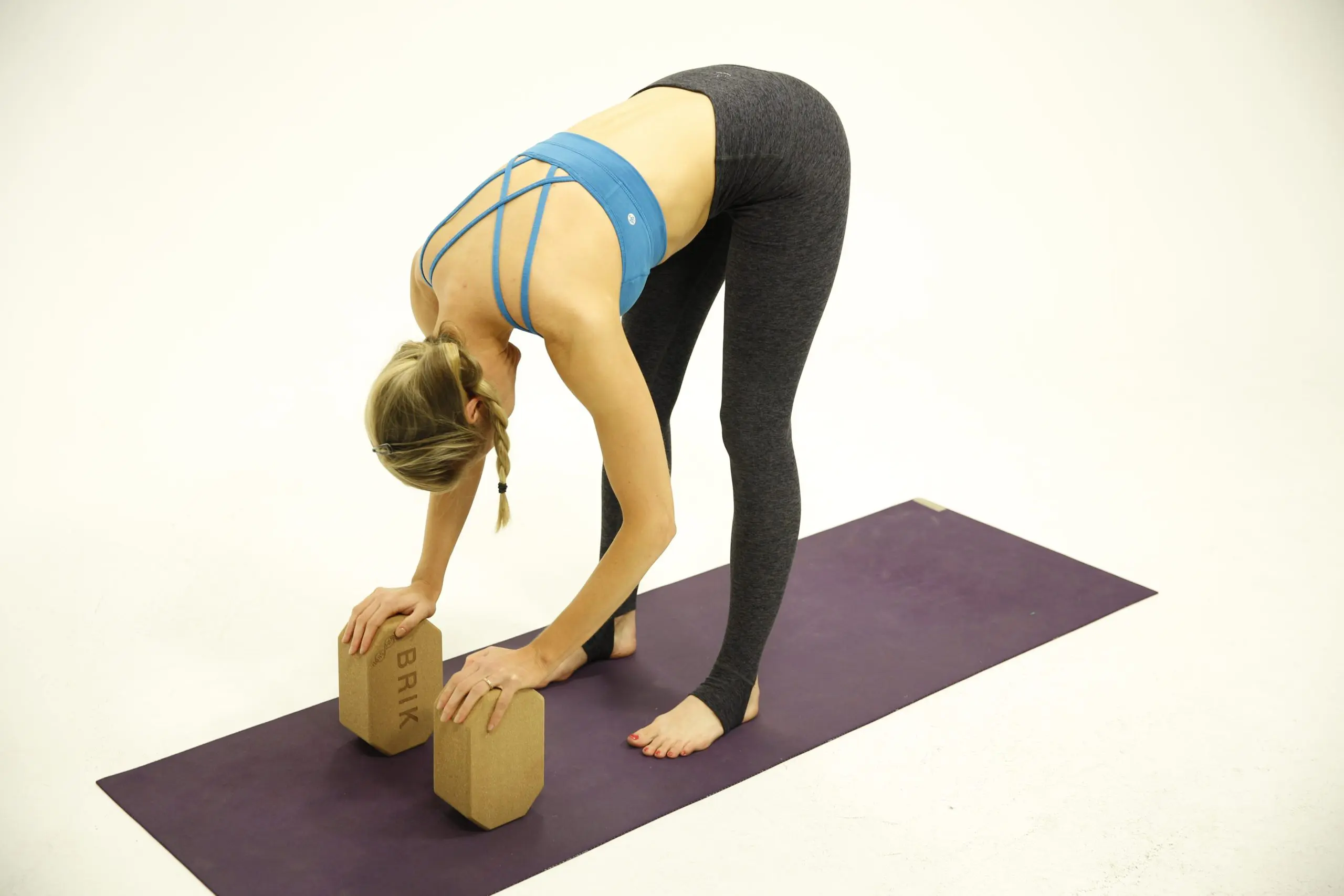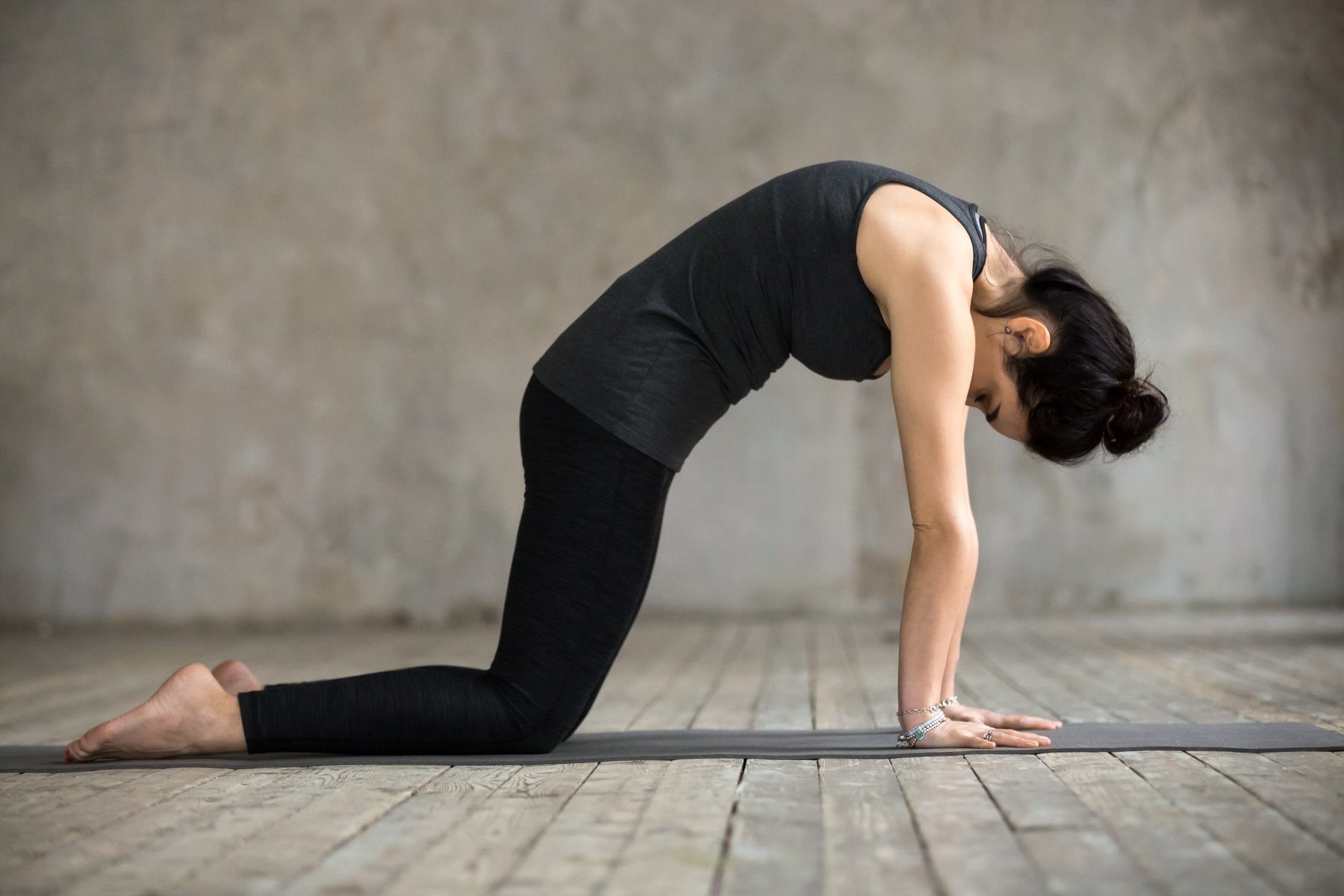Introduction to Yoga Poses for Stress Relief
If you’re feeling overwhelmed and stressed, yoga can be a powerful tool to help you find calm and ease tension. The practice of yoga focuses on the connection between the mind, body, and breath, offering a holistic approach to stress relief. Through specific poses and breathing techniques, you can release physical and mental tension, enhancing relaxation and promoting a sense of well-being. Embracing yoga poses designed for stress relief can be a transformative addition to your self-care routine.
Benefits of practicing yoga for stress relief
Practicing yoga can help you reduce stress by calming your mind and relieving tension in your body. The combination of gentle movements, focused breathing, and mindfulness in yoga can lower cortisol levels, the stress hormone. Yoga promotes relaxation and releases endorphins, the feel-good hormones, boosting your mood. Regular practice can improve your overall well-being, increase mental clarity, and enhance your ability to cope with stressors in daily life. Embrace yoga for a holistic approach to stress relief.
Tips for incorporating yoga into your daily routine
To make yoga a daily habit, set a specific time each day for practice. Choose a quiet space where you can focus without interruptions. Start with short sessions and gradually increase the duration. Use online resources for guided routines or attend classes for motivation. Keep your yoga mat and props handy for easy access. Make it enjoyable by playing soothing music or lighting candles. Consistency is key, so prioritize your well-being by committing to your daily yoga practice.
Child’s Pose
When you practice this pose, you create a safe space to rest and rejuvenate. Begin on your hands and knees, then gently lower your hips back towards your heels. Extend your arms forward and rest your forehead on the mat. Feel the soothing stretch in your back and shoulders. Child’s Pose helps release tension in your body and calms your mind. Stay in this position for a few breaths, allowing yourself to relax completely. Remember to breathe deeply and let go of any stress or worry.
Child’s Pose benefits and steps
Child’s Pose is a restful yoga pose that offers multiple benefits. To start, it helps release tension in your back and shoulders. Begin on your hands and knees, then gently lower your hips towards your heels and extend your arms forward. Resting your forehead on the mat allows you to relax deeply. This pose calms your mind and provides a safe space to rejuvenate. Stay in Child’s Pose for a few breaths, letting go of stress and worries as you breathe deeply.
Variations of Child’s Pose for different levels
For a gentler stretch in Child’s Pose, you can place a blanket under your knees if you’re a beginner. If you’re more experienced, try extending your arms back alongside your body to deepen the shoulder stretch. To enhance the pose further, add a side stretch by walking your hands to one side. For an advanced variation, lift your hips slightly for a more intense stretch along your back and hips. Adjust the pose based on your comfort level and flexibility.
Standing Forward Fold
To perform the Standing Forward Fold, stand tall with your feet hip-width apart. Exhale as you hinge at your hips, folding your torso forward over your legs. Let your head and neck relax towards the floor. Feel the stretch in your hamstrings and lower back. Hold the position for a few breaths, then gradually come back up to a standing position. This pose helps release tension in the back and promotes relaxation. Remember to breathe deeply throughout the movement.
Standing Forward Fold benefits and steps
To do the Standing Forward Fold, you stand tall, hinge at the hips, and fold your torso over your legs. This pose stretches your hamstrings and lower back. It helps release tension and promotes relaxation. Remember to breathe deeply as you hold the position. Start by standing with your feet hip-width apart. Exhale as you bend forward, allowing your head to relax towards the floor. Take a few breaths in this pose before slowly returning to a standing position.
Modifications for Standing Forward Fold for beginners

For beginners, you can bend your knees slightly to make the stretch more manageable. This helps reduce strain on your hamstrings if they are tight. Another modification is to place your hands on blocks or a raised surface if reaching the floor is challenging. This adjustment can aid in maintaining proper alignment while still experiencing the benefits of the pose. Remember to listen to your body and find a variation that feels comfortable for you as you practice Standing Forward Fold.
Cat-Cow Stretch

During the Cat-Cow Stretch, you move between arching your back (Cow) and rounding it (Cat). This dynamic movement helps to increase flexibility in your spine and alleviate tension in your back and neck. As you inhale, lift your chest and tailbone for Cow pose. When you exhale, round your back towards the ceiling for Cat pose. Sync your breath with each movement to enhance the stretch and promote relaxation in your body.
Cat-Cow Stretch benefits and steps
To perform the Cat-Cow Stretch, start on your hands and knees. Inhale as you arch your back, lifting your head and tailbone (Cow pose). Exhale while rounding your spine upward, tucking your chin towards your chest (Cat pose). This movement helps to improve spinal flexibility and release tension in your back. Syncing your breath with the movement can enhance the stretch. Practice this dynamic stretch to alleviate stress and promote relaxation in your body.
Breathing techniques to enhance Cat-Cow Stretch
As you move through the Cat-Cow Stretch, focus on syncing your breath with the movement. Inhale deeply as you arch your back in the Cow pose, allowing your chest to expand. Exhale fully as you round your spine in the Cat pose, feeling the tension release from your back. This rhythmic breathing can enhance the stretch and promote relaxation. Remember to maintain a steady breath throughout the entire Cat-Cow sequence to maximize its stress-relieving benefits.
Legs Up the Wall Pose

To practice Legs Up the Wall Pose, lie on your back and extend your legs up the wall. This gentle inversion helps reduce stress and can aid in relaxation. The pose allows blood to flow back towards the heart and drains tension from the legs. Tight muscles may release, promoting a sense of calm. Stay in this pose for several minutes, focusing on deep breathing to enhance its benefits. Using props like a folded blanket under your hips can make the pose more comfortable.
Legs Up the Wall Pose benefits and steps
To practice Legs Up the Wall Pose, lie on your back and extend your legs up the wall. This pose can help reduce stress by promoting relaxation and calm. It allows blood to flow back towards your heart and relieves tension in your legs. To enjoy its benefits, stay in this pose for a few minutes, focusing on deep breathing. Using props like a folded blanket under your hips can make the pose more comfortable and enhance its effects.
Props that can enhance the experience of Legs Up the Wall Pose
:quality(85):extract_cover()/2022/03/28/659/n/1922729/tmp_bpxIfB_821b329b6f54250d_Legs-up-Wall.jpeg)
Using props like a folded blanket under your hips can provide support and comfort during Legs Up the Wall Pose. This prop helps to elevate your hips slightly, allowing for a gentler inversion and making it easier to relax into the pose. Additionally, placing an eye pillow over your eyes can enhance the calming effect by blocking out light and helping you further unwind. These simple props can elevate your experience and deepen the benefits of this stress-relieving pose.
Conclusion
Incorporating these yoga poses into your daily routine can significantly reduce stress and improve your overall well-being. Child’s Pose, Standing Forward Fold, Cat-Cow Stretch, and Legs Up the Wall Pose offer various benefits and options for all levels of practitioners. Remember to listen to your body, breathe deeply, and make time for self-care through these simple yet powerful practices. By committing to a consistent yoga practice, you can effectively manage stress and cultivate a sense of calm and balance in your life.
Summary of the key yoga poses for stress relief
Incorporate Child’s Pose to release tension in your back and shoulders. Standing Forward Fold can calm your mind and stretch your hamstrings. Cat-Cow Stretch helps improve spine flexibility and breathing awareness. Legs Up the Wall Pose aids in reducing anxiety and fatigue. These poses combine relaxation with gentle movement to promote stress relief. By practicing these key yoga poses consistently, you can find a sense of peace and balance amidst life’s challenges.
Tips for maintaining a consistent yoga practice for stress management
:max_bytes(150000):strip_icc()/RS_YogaExercises_Stress_6-78793d70bc5e411fb443ab54f413277d.jpg)
To maintain a regular yoga practice for stress relief, set a specific time each day. Choose a comfortable spot and eliminate distractions. Start with short sessions if you’re short on time. Find enjoyable yoga styles that suit your preferences. Stay motivated by mixing up your routine with different poses. Track your progress to see how yoga benefits your stress levels over time. Remember, consistency is key to reaping the stress-reducing benefits of yoga.

